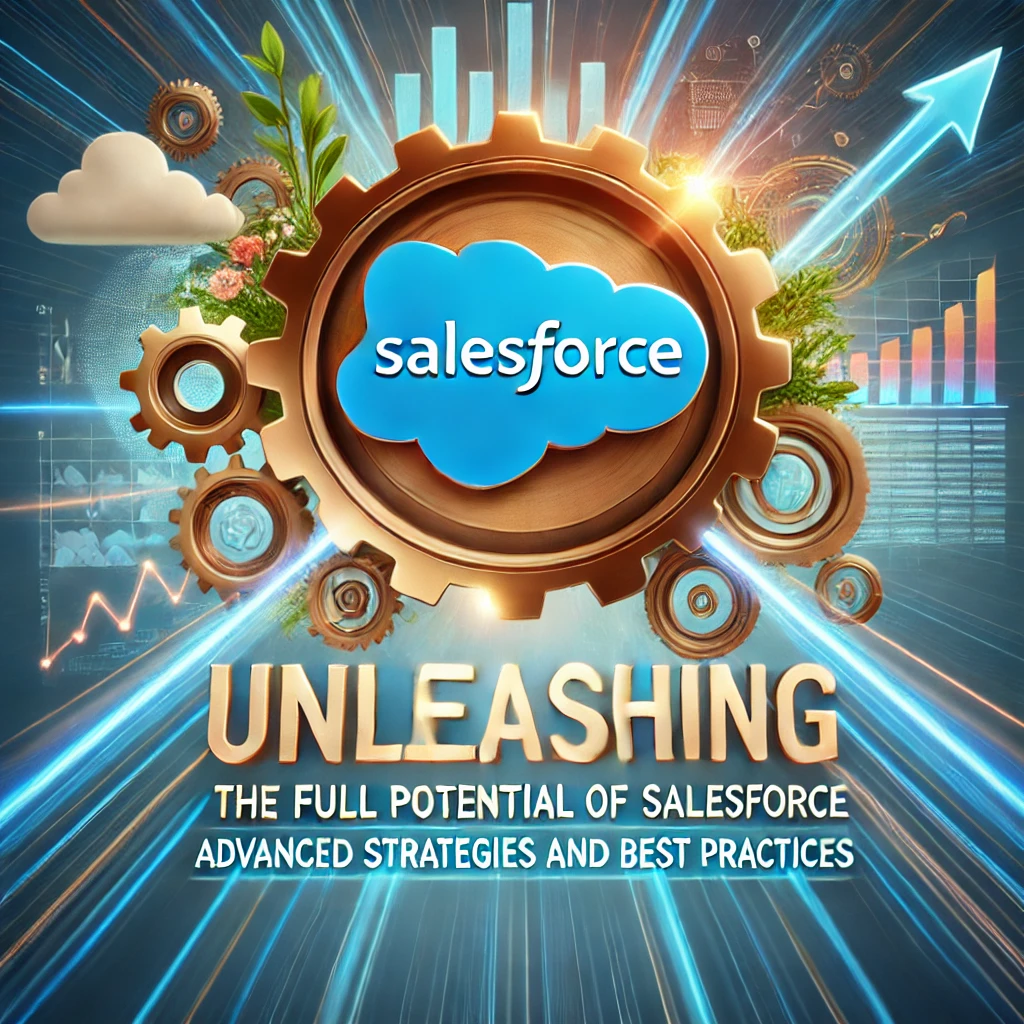Taking Salesforce to the Next Level: Advanced Features & Best Practices
In our earlier discussion, we covered Salesforce’s role as one of the most powerful CRM platforms available today. Now, let’s dig deeper. Beyond the basics, Salesforce has advanced features and proven strategies that can help businesses unlock even more value from their investment.
Unlocking Advanced Features
Salesforce is packed with tools out of the box — but many organizations only scratch the surface. Here are some advanced capabilities worth exploring:
Salesforce Einstein (AI)
Bring artificial intelligence into your CRM. Einstein offers predictive analytics, lead scoring, and personalized recommendations to help your team focus on the right opportunities and improve customer engagement.
Sales Cloud Optimization
Go beyond contact management. With features like opportunity tracking, lead assignment rules, and territory management, you can fine-tune your sales process for maximum efficiency and better results.
Service Cloud Excellence
Deliver faster, more effective customer support. Tools like case management, knowledge base integration, and omni-channel support make it easier to resolve inquiries quickly and keep customers happy.
Marketing Automation
Salesforce Marketing Cloud helps you build personalized campaigns, nurture leads automatically, and track campaign performance with advanced analytics. This means less manual effort and smarter targeting.
Best Practices for Success
Advanced features are powerful, but they deliver the most impact when paired with the right practices:
1. Prioritize User Training and Adoption
Invest in training that goes beyond initial onboarding. Encourage your team to explore features and share best practices. Strong adoption is the key to getting ROI from Salesforce.
2. Focus on Data Quality and Governance
A CRM is only as good as its data. Create clear policies for data entry, clean duplicates regularly, and audit your system to ensure accuracy. Clean data = better insights.
3. Build Strong Integration Strategies
Connect Salesforce with ERP, marketing automation tools, and support systems. This unified view of your customer journey makes collaboration easier across teams.
4. Embrace Continuous Improvement
Your business evolves — your Salesforce setup should too. Gather feedback, monitor KPIs, and refine workflows regularly to keep improving performance.
Conclusion: Driving ROI with Salesforce
Salesforce isn’t just a CRM tool — it’s a platform for growth. By tapping into advanced features like Einstein AI, Sales Cloud, and Service Cloud, and by following best practices for training, data, and integration, you can take your Salesforce investment from good to great.
Think of Salesforce as a long-term journey. With the right approach, it becomes more than software — it becomes a catalyst for innovation, customer success, and measurable ROI.
Stay tuned for more case studies, real-world examples, and practical insights on how to thrive in the Salesforce ecosystem.
